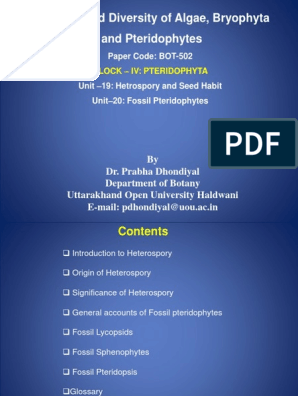0% found this document useful (0 votes)
212 views13 pagesPhotoperiodism: The Biological Measurement of The Relative Lengths of Day and Night
powerpoint presentation on photoperiodism; including all the topics regarding short day and long day plants; circardian rhythms and biological clocks
Uploaded by
Sonika RajputCopyright
© © All Rights Reserved
We take content rights seriously. If you suspect this is your content, claim it here.
Available Formats
Download as PPT, PDF, TXT or read online on Scribd
0% found this document useful (0 votes)
212 views13 pagesPhotoperiodism: The Biological Measurement of The Relative Lengths of Day and Night
powerpoint presentation on photoperiodism; including all the topics regarding short day and long day plants; circardian rhythms and biological clocks
Uploaded by
Sonika RajputCopyright
© © All Rights Reserved
We take content rights seriously. If you suspect this is your content, claim it here.
Available Formats
Download as PPT, PDF, TXT or read online on Scribd
/ 13






















































































